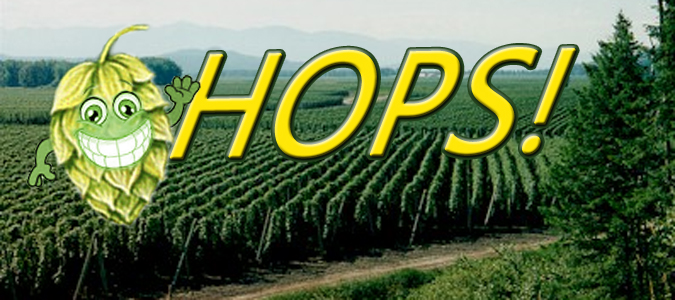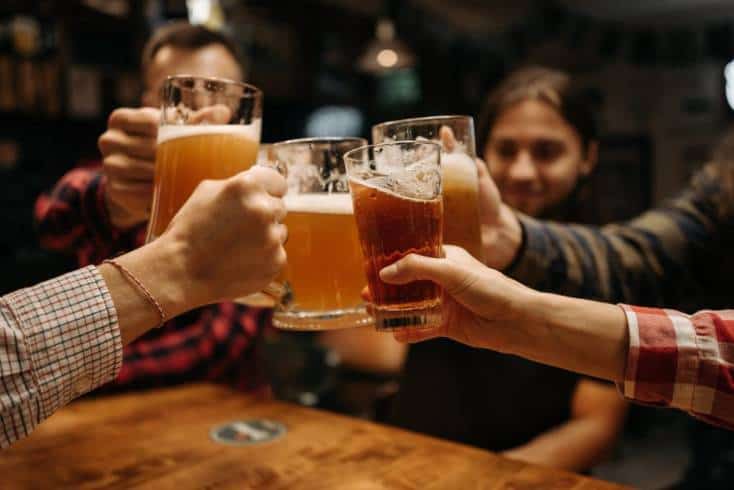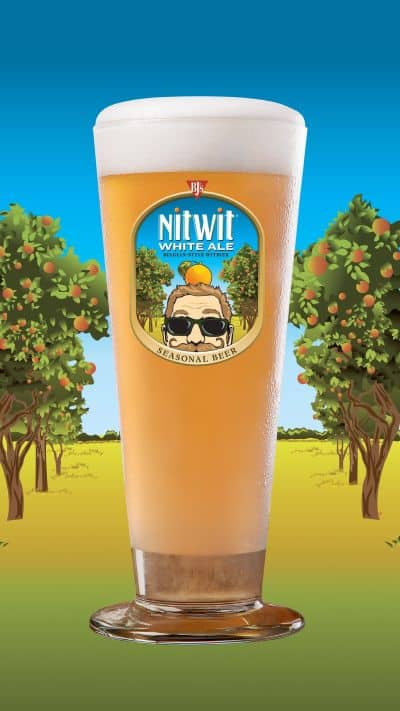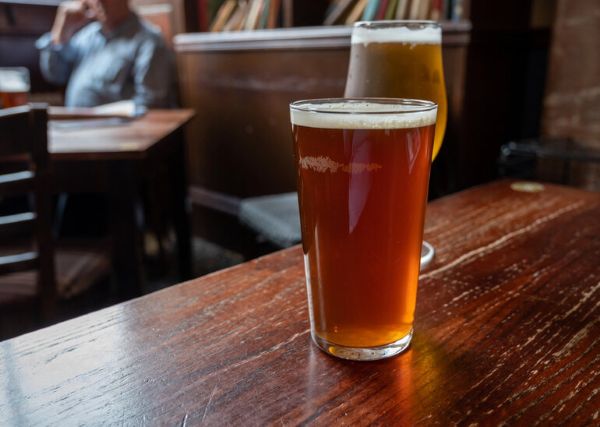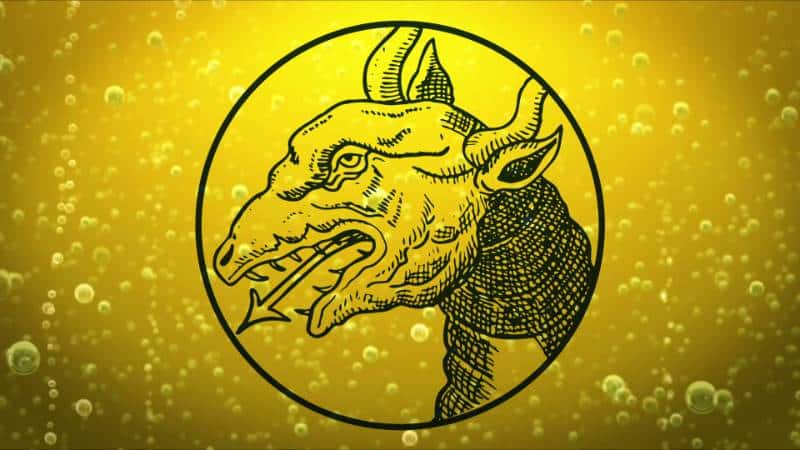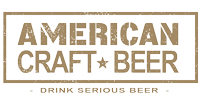Beer Science: Hops, Hops, and More HOPS!
Beer Science: Hops, Hops, and More HOPS!
Craft beer drinkers know all too well the alluring aroma of hops being released on a fresh pour of an IPA. You’re so excited to try your favorite brewery’s new IPA that you committed to not shaving until you get your first sip. You’ve been constantly pondering what this new brew will taste like until its cloudy gold ambrosia embraces your taste buds. Bam! A giant hop hand comes out of the beer and punches you in the face! Holy crap, you think to yourself, how can the hops in this IPA be so complex and taste like nothing I’ve ever had before?! They’re just hops, right? I asked this among many other hop-related questions in the second half of my interview with world-renowned OSU Fermentation Science Professor Tom Shellhammer.
Although beer has been made for millennia, hops are a relatively new addition to the fermentation process, having only been used for the last 500 to 600 years. Hops have good antimicrobial properties and they’re like a preservative for beer. Unlike sodium benzoate, hops taste good and they’re good for you. Lager brews rely heavily on the bitterness element of hops, while IPAs and other Pale Ales rely on their aromatic qualities.

Hops are often crossbred to produce new flavors. Hops are like avocado trees, or to really simplify this, they’re like people: there’s a male plant and a female plant. When a male plant and a female plant love each other very much, they get really close and hug. The male plant sticks his stamen into the female plant’s pistil and that’s how you were made little Hoppy! “Thanks dad! Am I ready to be placed into boiling wort?” “Not yet son, you’re a flavoring hop, the most special hop of all.” Speaking more literally, the female plant needs to be pollinated from a male plant. OSU has a hop yard full of male plants that is like a stud ranch for hops. The fertilized female plants produce fertilized cones, which contain thousands of seeds that are planted. The new plants are then observed for their growth and disease resistance. The plants that perform well are smelled, and whichever hops smell good are brewed.

With all the new flavors and aromas that hops are producing, it seems like an almost endless amount of craft taste varieties are on the horizon. So keep being the studs that you are, male hop yard, and Hoppy, you’ll get brewed up when you smell delicious. As for you, long-bearded hippie, you can shave now. That new, mind-blowing IPA can be a staple in your diet now that you know how it came to be.
